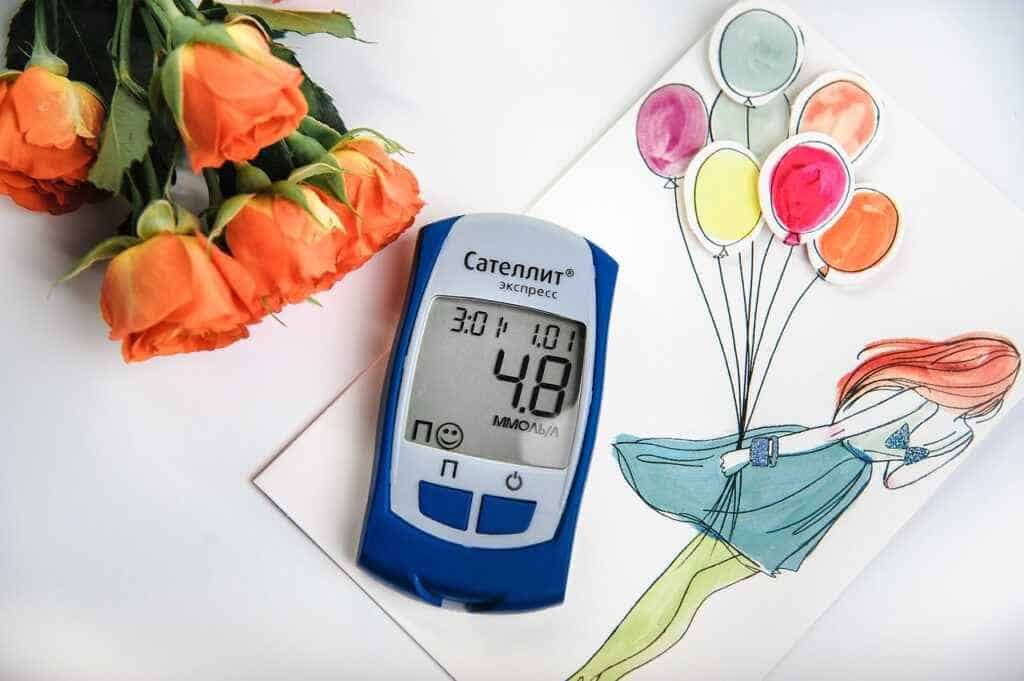The glycated hemoglobin (A1C) test is commonly used to identify type 2 diabetes. The average blood sugar level for the previous two to three months is determined by this blood test. Your doctor may use other methods to diagnose the problem if the A1C test isn’t available. Also, or if you have specific circumstances that interfere with an A1C test. After diagnosis, treatment of type 2 diabetes will start.

Milligrams of sugar per deciliter or millimoles of sugar per liter of blood are used to measure blood sugar levels. A level of 200 mg/dL (11.1 mmol/L) or greater, regardless of when you last ate, indicates diabetes. Especially if you also have signs and symptoms of diabetes, such as frequent urination and severe thirst.
Apart from the above two tests, there are several others which your doctor may recommend you to do. This includes the fasting blood sugar test in which the patient has to fast for approximately 8 hours and then go for a test. Moreover, there are oral glucose and screening tests available to diagnose type 2 diabetes. It is important to diagnose the condition since it proves vital in treating a less severe condition.
Distinguishing between the type of diabetes
If you’ve been diagnosed with diabetes, your doctor or healthcare provider may perform further tests to differentiate between type 1 and type 2 diabetes, as the two disorders often require distinct treatments. Your health care practitioner will test your A1C levels at least twice a year and if your therapy changes. The A1C target range varies based on your age and other factors.
Treatment
A nutritious diet, regular exercise, weight loss, diabetes medication or insulin therapy, and blood sugar monitoring are all part of type 2 diabetes management. These methods will help you maintain a normal blood sugar level, which will help you avoid or delay issues.
Healthy diet
Smaller portion sizes, more high-fiber foods like fruits, non-starchy vegetables, and whole grains, fewer refined grains are all important aspects of a healthy diet.
A registered dietitian can help you identify healthy food choices among your food preferences. He or she can plan well-balanced, nutritional meals, develop new habits, and address barriers to changing habits. Also, your doctor can monitor carbohydrate intake to keep your blood sugar levels more stable.
Regular exercising
Exercising is crucial for weight loss or keeping a healthy weight. It also aids in the control of blood sugar levels. Before beginning or altering your exercise routine, consult your primary health care physician to confirm that the activities are safe for you.
Weight loss leads to better blood sugar, cholesterol, triglyceride, and blood pressure regulation. If you’re overweight, you could see a difference in these characteristics as soon as you lose 5% of your body weight. The higher the benefit to your health and illness management, however, the more weight you lose.
Treatment of such type of diabetes is extremely important!





